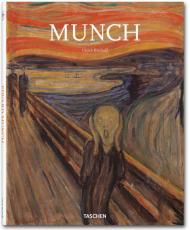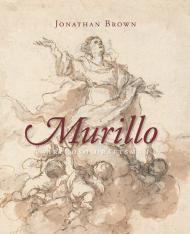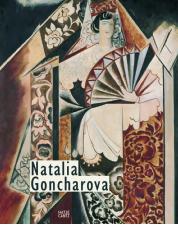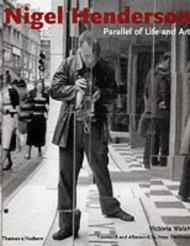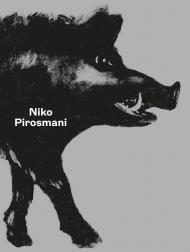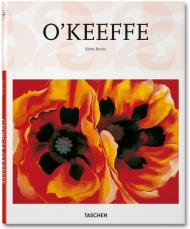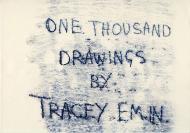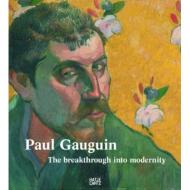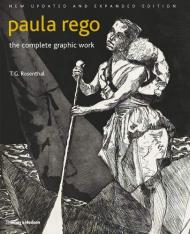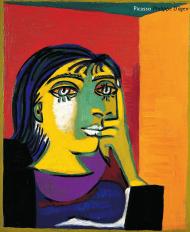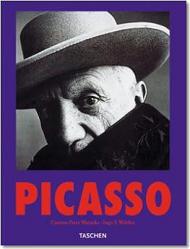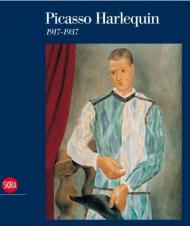The Scream of self-liberation. Paintings by one of Expressionism's pioneers
For Edvard Munch (1863-1944), painting was an act of self-liberation. His treatments of fear, desperation, and death still exert a powerful visual and psychological effect on modern viewers. Of all Munch’s paintings, "The Scream" (1893), representing a figure tortured by horror, is the most well-known-and certainly one of the most expressive.
The artist reflected his innermost feelings in his work: "In reality, my art is a free confession, an attempt to clarify to myself my own relation to life..." Although Edvard Munch cannot be clearly identified with any single movement, he is deemed a pioneer of Expressionism.
About the Series:
Every book in TASCHEN's Basic Art Series features:
- a detailed chronological summary of the artist's life and work, covering the cultural and historical importance of the artist
- approximately 100 color illustrations with explanatory captions
- a concise biography
